
Rosemary doesn’t look like much at first glance, just a small evergreen shrub with narrow leaves and pretty flowers. Yet, this little herb adds exceptional flavor to many dishes. It can also be easily propagated from cuttings, making it a fantastic herb to grow at home, even if you’re a novice in the garden.
For that matter, many gardeners struggle to keep their rosemary bushes in check, as the herb can easily take over gardens. Some rosemary bushes even reach a height of around six feet tall and can be almost as wide. Pruning helps keep the plant in check, but you’ll still end up with a lot of rosemary.
Drying rosemary can be helpful here, as the dried version will last much longer than fresh rosemary. Or, you might choose to buy dried rosemary from a grocery store. Either way, we need to talk about how to use dried rosemary.
Some approaches are similar to fresh rosemary, meaning you can easily include dried rosemary in a stew or use it to make some compound butter. However, the uses aren’t all the same, as dried rosemary has a different texture to fresh rosemary and changes the flavor profile of some dishes.
How To Use Dried Rosemary (9 Ways)

Make Rosemary Herbal Tea
Rosemary tea is most often made with fresh rosemary, but you can easily make it using dried rosemary instead (a similar pattern is true many other teas made from fresh herbs). Here, you want roughly a teaspoon of dried rosemary for each cup of hot water.
Then you just leave the rosemary to steep for five minutes or so. You’ll need some type of strainer to get the rosemary leaves out of the tea before you drink it, but these are easy to find.
If the flavor is too intense (which it can be), try adding a little sweetener and some lemon juice. The extra ingredients improve the flavor profile, giving you a delicious and simple herbal tea.
Use It In A Marinade
Rosemary is a fantastic addition to a marinade, offering a burst of herbal flavor right where you need it the most. The simplest approach is to make marinated cheese. Here, you’re combining olive oil and dried rosemary, perhaps with some other herbs as well.
This type of marinade is divine with fresh mozzarella cheese or feta. You could later use the same oil as the base of a salad dressing or in some other creative way.
There are also recipes like this Lemon and Rosemary Marinade, which can be made using fresh or dried rosemary. The lemon juice adds a fantastic freshness that lightens the marinade.
Make Rosemary Syrup
Rosemary syrup is a variation of regular simple syrup that is used in cocktail creation. It’s incredibly easy to make, as you just boil water in a saucepan, dissolve sugar, and then allow your rosemary to steep for 30 minutes or so.
This Rosemary Simple Syrup is a fantastic recipe to get you started. It can be made using dried rosemary just as easily as fresh, then used in cocktails, cake, and many other situations. You could easily include other ingredients in the mix, like making a version with rosemary and lemon.
Infuse Olive Oil With Rosemary
Have you ever tried an olive oil infusion? You might make this just with rosemary and olive oil, or perhaps include a few other herbs to improve the flavor even further.
While fresh rosemary is most often used to make these infusions, dried rosemary can work well too. Try using dried rosemary sprigs instead of just the leaves, as the sprigs look fantastic when standing up in the bottle.
Make Rosemary Garlic Compound Butter
Compound butter is incredibly easy to make at home. You just need to soften butter then mix in any herbs you like. Fresh salt and pepper are fantastic additions as well.
While this butter is normally made using fresh rosemary, it still tastes good when made with dried rosemary. You can add fresh garlic too – creating rosemary garlic compound butter. Imagine using that butter to make garlic bread. The finished side would taste incredibly.
Mix It With Salt
Rosemary salt can be made using fresh or dried rosemary. Dried rosemary in salt doesn’t have the same flavor kick as fresh rosemary, but can last much longer and is still delicious.
Making the ingredient is as simple as combining coarse salt and rosemary leaves together in the same container, allowing the flavors to infuse together. Some recipes also include a little lemon zest, which nicely balances the rosemary.
Instead of using a jar, try keeping your rosemary salt in a grinder instead. The grinder should break down the rosemary leaves along with the salt, which is helpful, as dried rosemary leaves can be quite tough and spiky.
Try A Rosemary-Based Rub
While dry rubs don’t typically tenderize meat, they’re a stunning way to make them more flavorful. Some recipes use relatively few ingredients, perhaps with rosemary as the star flavor. For example, you could make a rub that just relied on rosemary, garlic powder, salt, and pepper.
Others are more complicated, like this Tuscan Rosemary Dry Rub. The best approach will be influenced by the ingredients in your cupboard, what you’re using the rub on, and your flavor preferences. Why not experiment? You might discover your own stunning flavor combo.
Include It In Potpourri
The entire goal of potpourri is to create something that smells good, making dried rosemary an obvious addition. Other possible ingredients include dried rose petals, dried lavender, orange peels, cloves, and perhaps some essential oils.
Once made, potpourri is a delightful way to make your home smell lovely. It can also be packaged up to make gifts for friends.
Make Dryer Sachets
Why buy dryer sheets when you can make your own alternative version? All you need here are some muslin sachets and dried rosemary sprigs. The sprigs can be sealed in the sachets; then you’re good to go.
You could also add some other types of dried herbs in the sachets to make them smell even more interesting. Peppermint and rosemary work well together, as do dried lavender and rosemary. These types of sachets could be used in other situations as well, like adding a few into your linen closet.
5 Delicious Recipes Using Dried Rosemary

Mozzarella Stuffed Rosemary Pull-Apart Bread
This Mozzarella Stuffed Rosemary Pull-Apart Bread is a truly delightful way to use both mozzarella and rosemary in the same recipe. The rosemary works well here, providing savory tones that naturally complement both bread and mozzarella.
Rosemary and mozzarella aren’t the only flavor ingredients in the recipe. There are also some red pepper flakes, along with a decent amount of garlic. This means you’re basically getting an elaborate version of cheesy garlic bread. Wouldn’t this be an amazing side dish for pizza?
Rosemary Double Chocolate Chip Ice Cream
This Rosemary Double Chocolate Chip Ice Cream recipe was designed for fresh rosemary but can be made using dried rosemary if you want (measurements for both types of rosemary are included). This is a traditional version of chocolate chip ice cream, so it uses ingredients like heavy cream, whole milk, sugar, and an egg.
There’s plenty of chocolate to complement these ingredients, which makes the ice cream taste so amazing.
Rosemary And Garlic Beef Stew
Stews are one of the classic ways to use dried rosemary, with this Rosemary and Garlic Beef Stew being a great example. Unlike many recipes, there’s no red wine in here, but there are plenty of other rich sources of flavor, including dark soy sauce, Worcestershire sauce, garlic, and tomato puree.
Onions, celery, carrots, and parsnips complement the beef. These all bulk out the meal and make it even more filling while also providing plenty of nutrients. The recipe is designed to be made in the slow cooker, which makes it a very low effort meal.
Rosemary Fries With Roasted Garlic Dip
These Rosemary Fries with Roasted Garlic Dip would make an excellent side dish, perhaps for steak or some other source of protein. Or, perhaps you could serve them as a snack.
The first part of the recipe is the fries, which rely on dried rosemary, sea salt, olive oil, and chili flakes. Then there’s the roasted garlic dip. The dip is unusual, as it relies on soaked raw cashews, lemon juice, and nutritional yeast, plus seasonings, garlic, and more rosemary. Don’t worry. Those ingredients work together well and should give you a delicious treat.
Gluten-Free Rosemary Lemon Shortbread Cookies
Finally, we have these Gluten-Free Rosemary Lemon Shortbread Cookies. They’re rich, crumbly, and full of flavor, yet are also gluten free and surprisingly easy to make.
The recipe relies on almond flour to make these gluten free and you can use coconut oil if you want a dairy free version. Some of the flavor comes from lemon infused honey, but the cookies would still be tasty with regular honey as well.
How Do You Store Dried Rosemary?

Dried rosemary should be kept in an airtight container, ideally in a cool and dark environment. This ensures that it remains fresh and tasty for as long as possible.
How Long Does Dried Rosemary Last?
If your rosemary remains completely dry, then it will last pretty much forever. However, the flavor decreases over time and your rosemary mightn’t taste much like anything after a few years.
To get the most from your dried rosemary, try using it in the first few months. That said, it should be decent for a year or possibly longer.
Can You Use Dried Rosemary Instead Of Fresh Rosemary?
Dried herbs often have a stronger flavor than fresh ones, but lose some of their complex flavor profile as they are dried. This difference impacts the flavor profile of your recipe.
Still, you can mostly use dried rosemary instead of fresh. Because of the strength difference, you’ll want roughly 1 teaspoon of dried rosemary for every 3 teaspoons of fresh rosemary in your recipe. Remember to taste the recipe as you go and ensure your rosemary has plenty of flavor.
However, this substitution doesn’t work if the texture of rosemary is relevant to your recipe. For example, dried rosemary wouldn’t work well in rosemary focaccia bread at all nor in many salads. Look for cooked recipes where the rosemary is mixed in with other ingredients, such as stews and sauces.
How To Work With The Dried Needles
A common issue with dried rosemary is that the leaves are quite tough and pointy, to the extent that they’re very difficult to eat. You might find yourself trying to pick the small rosemary leaves out of your cooking.
One way around this is to include the entire rosemary sprig in your meal (woody stalk and all). It will impart flavor as it cooks, then you can easily remove the sprig at the end.
Another trick is to include dried rosemary leaves in a tea ball or a cheesecloth spice bag. These containers allow the flavors of your rosemary to infuse into the dish and can be easily removed after cooking.
Finally, some people grind their rosemary using a mortar and pestle, a coffee grinder, or some other tool. This gives you a powder that is much easier to use and still offers the same flavor profile.
Is Fresh Rosemary Better?

While fresh herbs and dried herbs shine in different situations, fresh rosemary does tend to be better than dried rosemary. This is partly because rosemary is a robust herb, allowing you to use fresh rosemary in applications like stews and soups.
Then there’s the flavor profile, as fresh rosemary has a more engaging and complex flavor profile than the dried version. As a result, dishes made using dried rosemary instead of fresh are typically less nuanced.
Finally, fresh rosemary is much easier to eat than dried, especially if you’re using tender leaves not long after they’ve been harvested. You can use the steps discussed earlier to get around this issue, but relying on fresh rosemary is still easier.
Still… buying fresh herbs can be expensive and frustrating. The process mightn’t be worth it if you only need a little rosemary for a single recipe. Don’t stress if that’s the case – dried rosemary should still do the trick for you.
Should You Rehydrate Dried Rosemary?
Soaking rosemary leaves in water would help to rehydrate them and make them plumper. However, this approach isn’t recommended. While the leaves would get softer, most of the volatile oils would transfer into the water.
As a result, rehydrated rosemary ends up with much less flavor than dried rosemary. If you want tender leaves, you’ll simply need to turn to fresh rosemary.


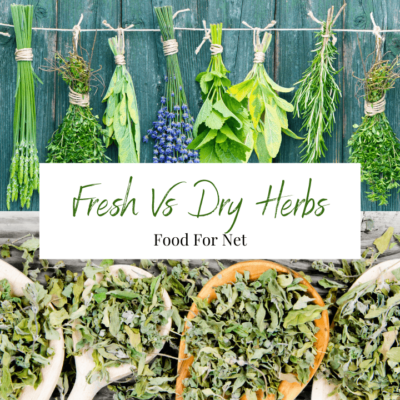
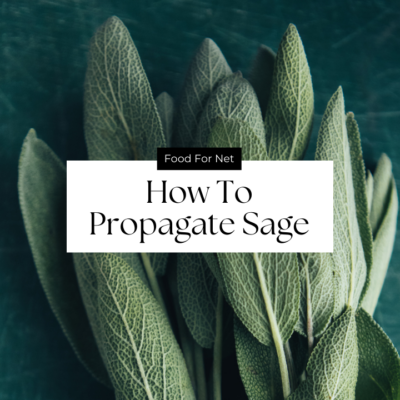
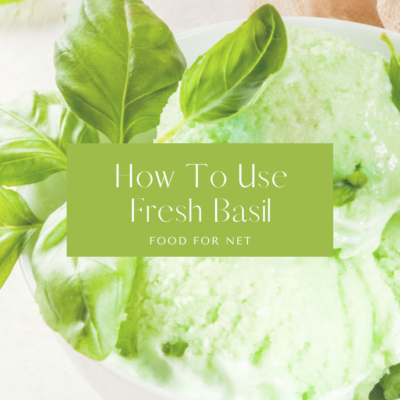
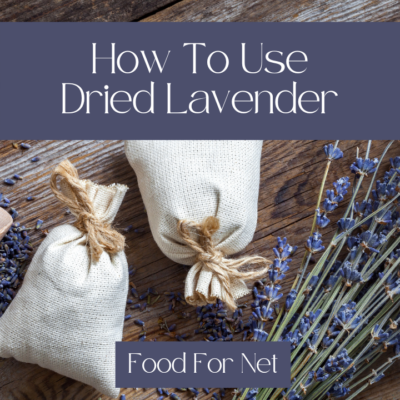

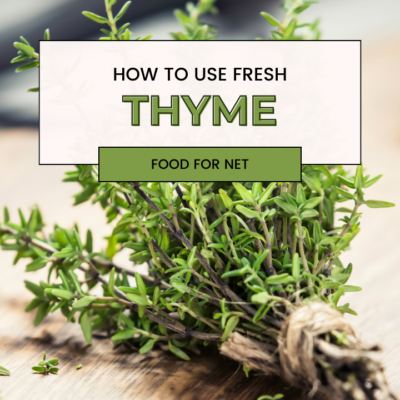

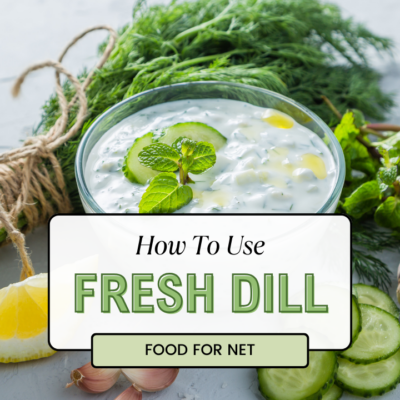

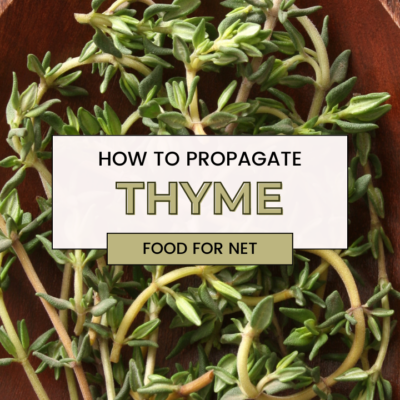

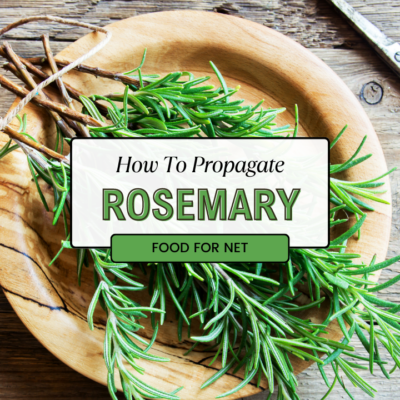

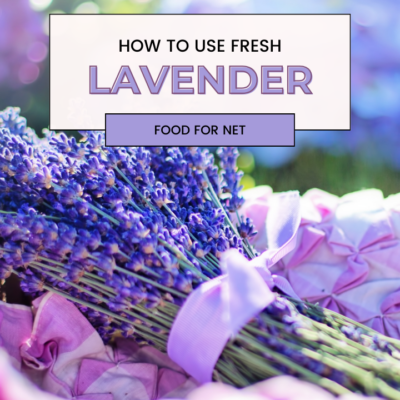

 How To Use Fresh Mozzarella Cheese
How To Use Fresh Mozzarella Cheese
Leave a Reply